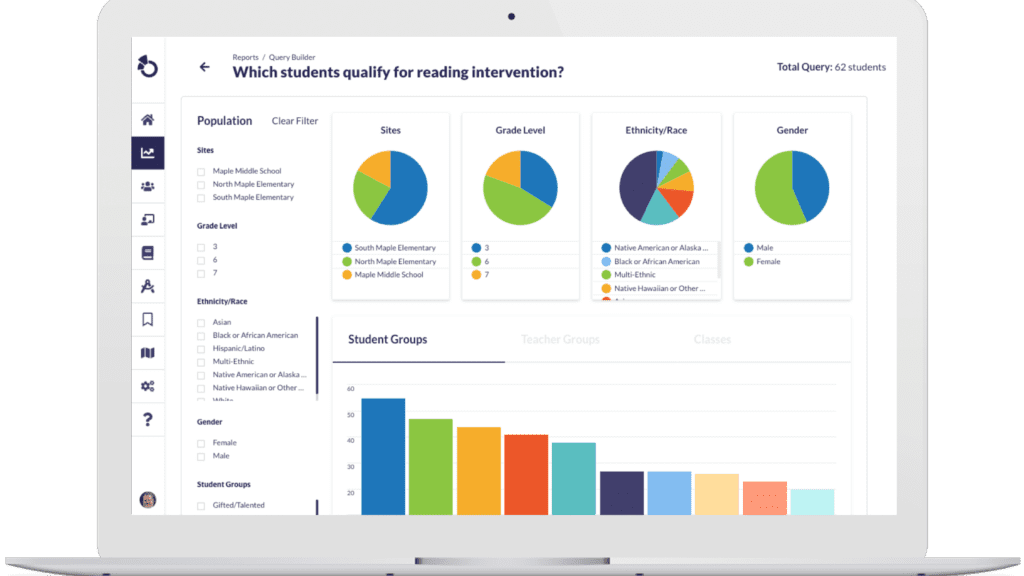 Even the most well-intentioned Professional Learning Communities (PLCs) encounter challenges (or “fires”) that can derail collaboration and limit impact. In this webinar, PLC experts from FIRST Educational Resources share practical strategies that leaders can immediately bring back to their teams. Whether your PLCs are just getting started, smoldering, or fully on fire, this conversation offers tools and insights to strengthen your vision and drive meaningful results.
Even the most well-intentioned Professional Learning Communities (PLCs) encounter challenges (or “fires”) that can derail collaboration and limit impact. In this webinar, PLC experts from FIRST Educational Resources share practical strategies that leaders can immediately bring back to their teams. Whether your PLCs are just getting started, smoldering, or fully on fire, this conversation offers tools and insights to strengthen your vision and drive meaningful results.
Watch the full recording:
Three PLC fixes you’ll actually use
-
Define what success looks like so anyone can spot it
Be explicit and spell it out. List the low-impact habits you’re seeing (ranting, side quests, one-voice shows), flip each into a high-impact look-for, and lock in 2-3 non-negotiables you’ll live every meeting. Post them on the agenda, time-box the discussion, and decide ahead of time what happens when norms slip. Clear roles and guardrails mean fewer detours and more decisions that move learning.
-
Treat strategies like reviews, not rumors
Move teams from “we tried it once” to a cause-and-effect mindset that expects iteration. The idea isn’t to dismiss a strategy after a single attempt; it’s to document what you did, what students did, what changed, and what you’d adjust on the next pass. After all, many practices need multiple cycles to show results. Use a quick Strategy Review: what was implemented, intended outcome, observed student/teacher actions, tips/pitfalls, and a fast rating for impact and ease. Over time, these entries form a living playbook that helps teams sunset low-yield moves and scale the winners, all while understanding the required effort. As evidence of combined efforts grows, collective efficacy builds faster.
-
Win the short meeting
You can do a lot in 30-45 minutes with a tight structure and shared data. Run a clocked agenda, assign a facilitator/recorder, and end with one clear deliverable: who’s doing what, by when, and how you’ll check it next time. Allow a 2-5 minute “vent” window, then it’s solutions only. When everyone’s looking at the same unified data (no spreadsheet safari), minutes shift from organizing to acting: grouping students, planning reteach, and queuing next steps that actually stick.
Related Resources
Request a demo!
See exactly how Otus can help your school accelerate student growth and improve student outcomes – all while saving educators time.




